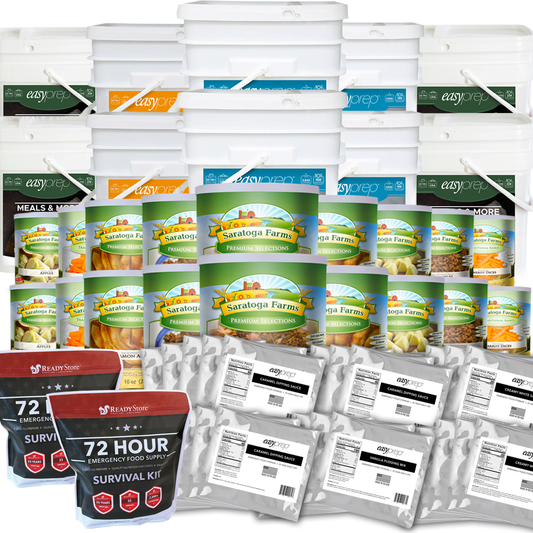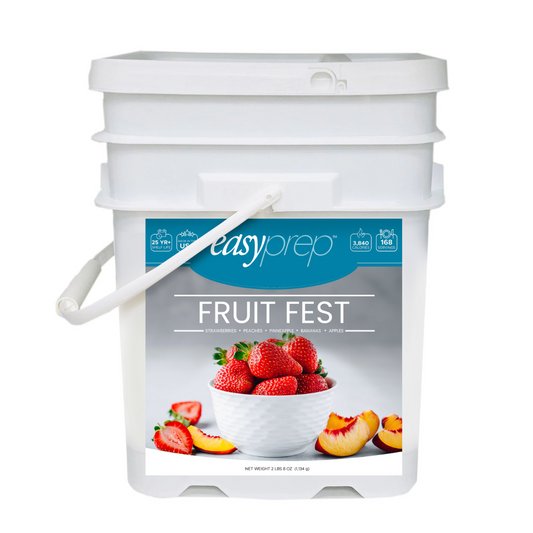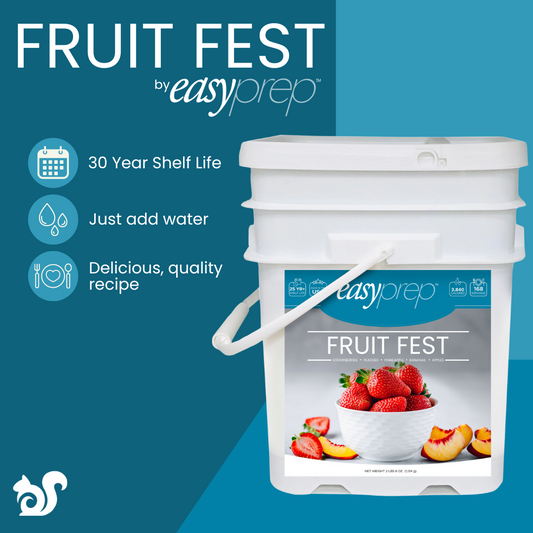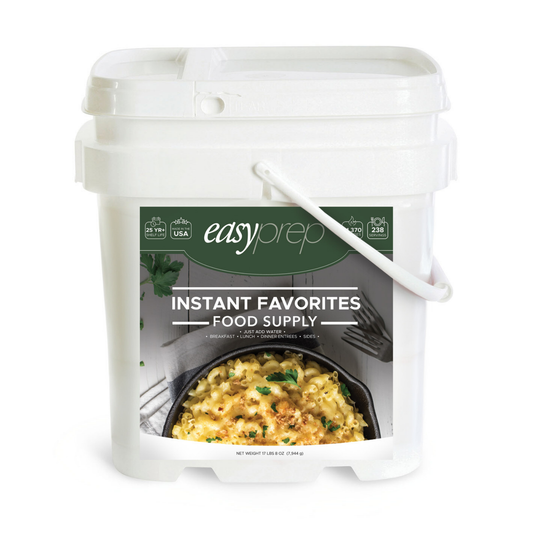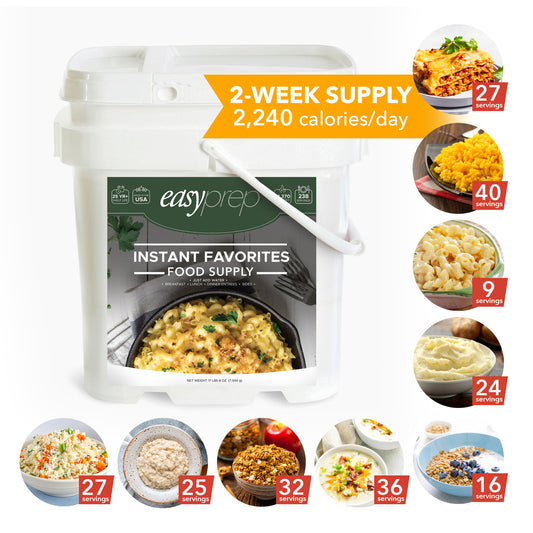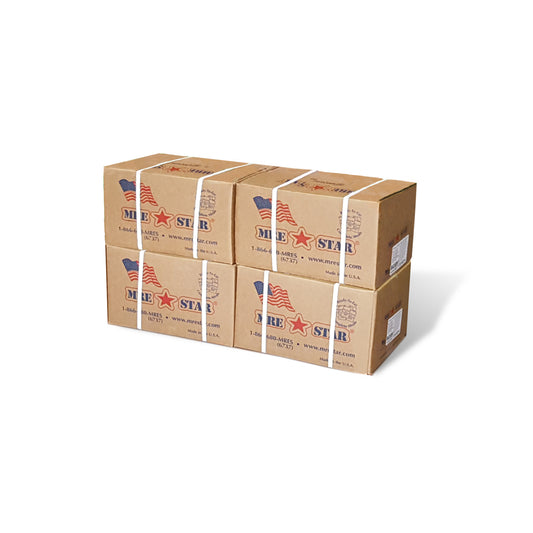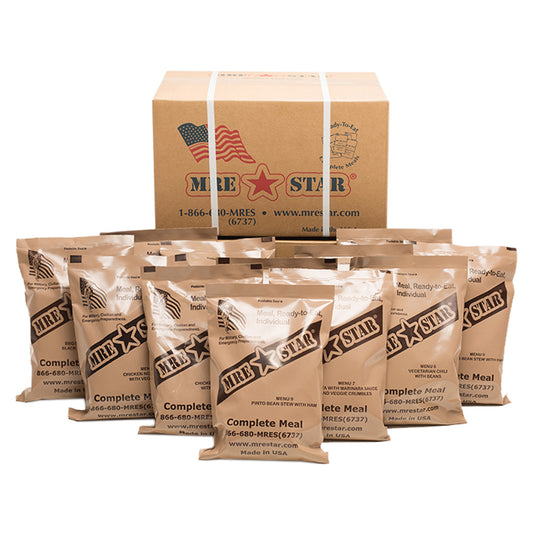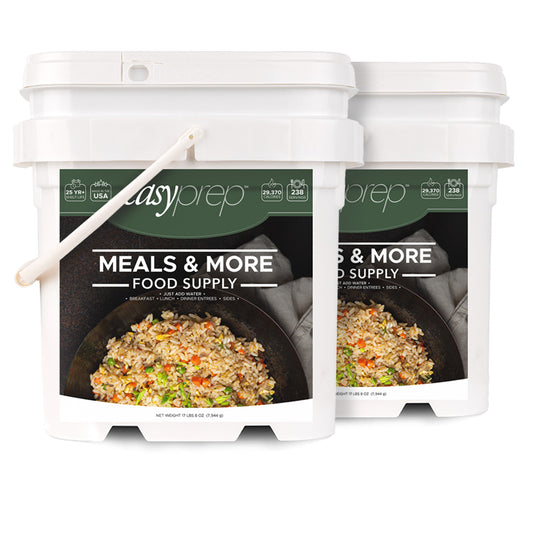How to Perform CPR
09 May 2013
Cardiopulmonary Resuscitation (CPR) is a great skill to know in case of an emergency. In fact, CPR doubles a person’s chance of survival after a sudden cardiac arrest.
Modern methods of CPR help the body maintain a flow of oxygenated blood to the brain and heart, keeping these organs alive until more help can arrive.
With sudden cardiac arrest, the heart changes from a normal beat to a fluttering beat called ventricular fibrillation (VF). This happens in nearly ⅔ of all cardiac arrest incidents. VF is fatal unless an electric shock can be given. CPR does not stop VF but it does extend the window in which a defibrillation can be effective.
Check out these instructions on the basics of CPR. You can also find a pocket guide to CPR that you can print here. There are also free iPhone and Android apps that you might find helpful.
 1. Check the Victim
Check the victim. Did you see them collapse? If that’s the case be weary of your surroundings. Perhaps they were stung or bitten by a nearby insect. Be careful of the surroundings and check your victim to see if they are breathing, responsive or breathing normally.
2. Call for Help
If your victim is unresponsive and not breathing, you’ll need to call 911. A lot of people in the movies just yell “Someone call 911!” which isn’t a good idea. Make sure to single someone out and ask them specifically to call authorities. If you don’t do this, a lot of people will assume that someone else is calling 911. If you need to call yourself, do so. Many times an emergency dispatcher can also walk you through CPR instructions.
3. Pump the Heart
If the victim is still not breathing normally, not coughing or moving; begin chest compressions. Use your fingers to find the top of the rib cage and place your hand about four fingers higher than this point.
Use both hands, interlocking the fingers and keeping your elbows locked. Begin pushing down about 2 inches on the center of the chest 30 times. Pump hard and fast - at the rate of about 100 pumps per minute - faster than once per second.
If the victim is a child (ages 1-8), use one hand to pump the heart. If the victim is an infant use two fingers instead of an extended arm.
4. Rescue Breathing
After you’ve pumped the heart 30 times, provide them with some oxygen to circulate in their system. Tilt their head back and lift their chin. This will open up their airway system. Pinch their nose and cover their mouth with yours. Blow into their mouth until you can see the chest rise. Give two breaths with each breath taking about one second.
If the victim is a child (ages 1-8), use normal breathes. If the victim is an infant (less than 1 year), provide two gentle breaths instead of large ones.
5. Continue
If the breaths are going in, continue to alternate between pumping and breathing until help arrives. If the victim wakes up or becomes responsive, stop administering CPR.
Sometimes, an Automated External Defibrillator (AED) can be located after you’ve started CPR. Continue administering CPR until you can attach the AED correctly. Once it has been attached, follow the instructions on the AED.
Complications
Vomiting is the most common complication when administering CPR. If the victim begins to vomit, turn their head to the side and try and sweep out their mouth to keep the airway unobstructed.
Many times, people are afraid of catching a disease or infection by administering CPR. A spread of infection is extremely rare when administering CPR. Most cardiac arrests occur in the home where a family member would administer CPR. Even with CPR performed on strangers, there is an extremely low risk of infection. There are no documented cases of transfer of HIV or AIDS via CPR.
6. Once Help Arrives
When paramedics arrive, they’ll most likely have you back away from the victim - even if you’re in the middle of a pumping or breathing cycle. Provide them the space they need.
1. Check the Victim
Check the victim. Did you see them collapse? If that’s the case be weary of your surroundings. Perhaps they were stung or bitten by a nearby insect. Be careful of the surroundings and check your victim to see if they are breathing, responsive or breathing normally.
2. Call for Help
If your victim is unresponsive and not breathing, you’ll need to call 911. A lot of people in the movies just yell “Someone call 911!” which isn’t a good idea. Make sure to single someone out and ask them specifically to call authorities. If you don’t do this, a lot of people will assume that someone else is calling 911. If you need to call yourself, do so. Many times an emergency dispatcher can also walk you through CPR instructions.
3. Pump the Heart
If the victim is still not breathing normally, not coughing or moving; begin chest compressions. Use your fingers to find the top of the rib cage and place your hand about four fingers higher than this point.
Use both hands, interlocking the fingers and keeping your elbows locked. Begin pushing down about 2 inches on the center of the chest 30 times. Pump hard and fast - at the rate of about 100 pumps per minute - faster than once per second.
If the victim is a child (ages 1-8), use one hand to pump the heart. If the victim is an infant use two fingers instead of an extended arm.
4. Rescue Breathing
After you’ve pumped the heart 30 times, provide them with some oxygen to circulate in their system. Tilt their head back and lift their chin. This will open up their airway system. Pinch their nose and cover their mouth with yours. Blow into their mouth until you can see the chest rise. Give two breaths with each breath taking about one second.
If the victim is a child (ages 1-8), use normal breathes. If the victim is an infant (less than 1 year), provide two gentle breaths instead of large ones.
5. Continue
If the breaths are going in, continue to alternate between pumping and breathing until help arrives. If the victim wakes up or becomes responsive, stop administering CPR.
Sometimes, an Automated External Defibrillator (AED) can be located after you’ve started CPR. Continue administering CPR until you can attach the AED correctly. Once it has been attached, follow the instructions on the AED.
Complications
Vomiting is the most common complication when administering CPR. If the victim begins to vomit, turn their head to the side and try and sweep out their mouth to keep the airway unobstructed.
Many times, people are afraid of catching a disease or infection by administering CPR. A spread of infection is extremely rare when administering CPR. Most cardiac arrests occur in the home where a family member would administer CPR. Even with CPR performed on strangers, there is an extremely low risk of infection. There are no documented cases of transfer of HIV or AIDS via CPR.
6. Once Help Arrives
When paramedics arrive, they’ll most likely have you back away from the victim - even if you’re in the middle of a pumping or breathing cycle. Provide them the space they need.
 1. Check the Victim
Check the victim. Did you see them collapse? If that’s the case be weary of your surroundings. Perhaps they were stung or bitten by a nearby insect. Be careful of the surroundings and check your victim to see if they are breathing, responsive or breathing normally.
2. Call for Help
If your victim is unresponsive and not breathing, you’ll need to call 911. A lot of people in the movies just yell “Someone call 911!” which isn’t a good idea. Make sure to single someone out and ask them specifically to call authorities. If you don’t do this, a lot of people will assume that someone else is calling 911. If you need to call yourself, do so. Many times an emergency dispatcher can also walk you through CPR instructions.
3. Pump the Heart
If the victim is still not breathing normally, not coughing or moving; begin chest compressions. Use your fingers to find the top of the rib cage and place your hand about four fingers higher than this point.
Use both hands, interlocking the fingers and keeping your elbows locked. Begin pushing down about 2 inches on the center of the chest 30 times. Pump hard and fast - at the rate of about 100 pumps per minute - faster than once per second.
If the victim is a child (ages 1-8), use one hand to pump the heart. If the victim is an infant use two fingers instead of an extended arm.
4. Rescue Breathing
After you’ve pumped the heart 30 times, provide them with some oxygen to circulate in their system. Tilt their head back and lift their chin. This will open up their airway system. Pinch their nose and cover their mouth with yours. Blow into their mouth until you can see the chest rise. Give two breaths with each breath taking about one second.
If the victim is a child (ages 1-8), use normal breathes. If the victim is an infant (less than 1 year), provide two gentle breaths instead of large ones.
5. Continue
If the breaths are going in, continue to alternate between pumping and breathing until help arrives. If the victim wakes up or becomes responsive, stop administering CPR.
Sometimes, an Automated External Defibrillator (AED) can be located after you’ve started CPR. Continue administering CPR until you can attach the AED correctly. Once it has been attached, follow the instructions on the AED.
Complications
Vomiting is the most common complication when administering CPR. If the victim begins to vomit, turn their head to the side and try and sweep out their mouth to keep the airway unobstructed.
Many times, people are afraid of catching a disease or infection by administering CPR. A spread of infection is extremely rare when administering CPR. Most cardiac arrests occur in the home where a family member would administer CPR. Even with CPR performed on strangers, there is an extremely low risk of infection. There are no documented cases of transfer of HIV or AIDS via CPR.
6. Once Help Arrives
When paramedics arrive, they’ll most likely have you back away from the victim - even if you’re in the middle of a pumping or breathing cycle. Provide them the space they need.
1. Check the Victim
Check the victim. Did you see them collapse? If that’s the case be weary of your surroundings. Perhaps they were stung or bitten by a nearby insect. Be careful of the surroundings and check your victim to see if they are breathing, responsive or breathing normally.
2. Call for Help
If your victim is unresponsive and not breathing, you’ll need to call 911. A lot of people in the movies just yell “Someone call 911!” which isn’t a good idea. Make sure to single someone out and ask them specifically to call authorities. If you don’t do this, a lot of people will assume that someone else is calling 911. If you need to call yourself, do so. Many times an emergency dispatcher can also walk you through CPR instructions.
3. Pump the Heart
If the victim is still not breathing normally, not coughing or moving; begin chest compressions. Use your fingers to find the top of the rib cage and place your hand about four fingers higher than this point.
Use both hands, interlocking the fingers and keeping your elbows locked. Begin pushing down about 2 inches on the center of the chest 30 times. Pump hard and fast - at the rate of about 100 pumps per minute - faster than once per second.
If the victim is a child (ages 1-8), use one hand to pump the heart. If the victim is an infant use two fingers instead of an extended arm.
4. Rescue Breathing
After you’ve pumped the heart 30 times, provide them with some oxygen to circulate in their system. Tilt their head back and lift their chin. This will open up their airway system. Pinch their nose and cover their mouth with yours. Blow into their mouth until you can see the chest rise. Give two breaths with each breath taking about one second.
If the victim is a child (ages 1-8), use normal breathes. If the victim is an infant (less than 1 year), provide two gentle breaths instead of large ones.
5. Continue
If the breaths are going in, continue to alternate between pumping and breathing until help arrives. If the victim wakes up or becomes responsive, stop administering CPR.
Sometimes, an Automated External Defibrillator (AED) can be located after you’ve started CPR. Continue administering CPR until you can attach the AED correctly. Once it has been attached, follow the instructions on the AED.
Complications
Vomiting is the most common complication when administering CPR. If the victim begins to vomit, turn their head to the side and try and sweep out their mouth to keep the airway unobstructed.
Many times, people are afraid of catching a disease or infection by administering CPR. A spread of infection is extremely rare when administering CPR. Most cardiac arrests occur in the home where a family member would administer CPR. Even with CPR performed on strangers, there is an extremely low risk of infection. There are no documented cases of transfer of HIV or AIDS via CPR.
6. Once Help Arrives
When paramedics arrive, they’ll most likely have you back away from the victim - even if you’re in the middle of a pumping or breathing cycle. Provide them the space they need.


